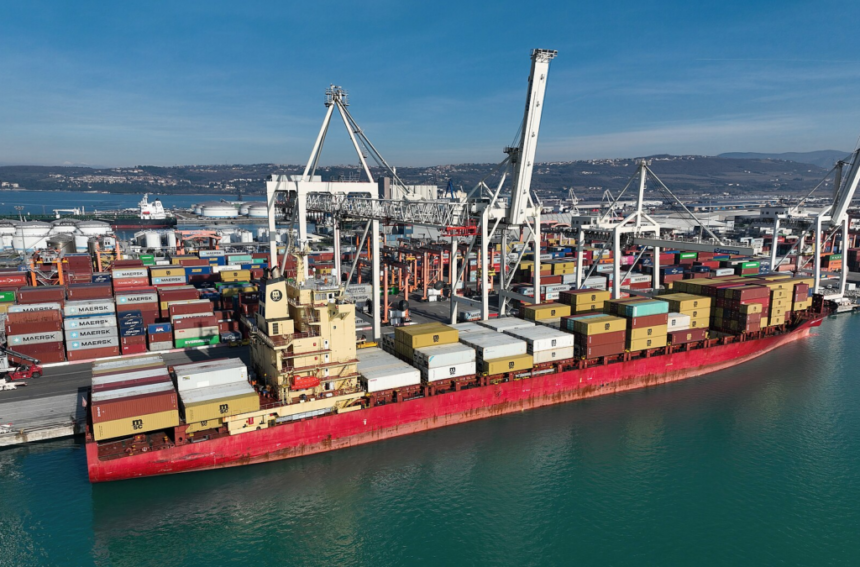I suspect the average American thinks that low-wage countries have a competitive advantage in international trade. Economists often use Ricardian trade theory to refute that argument. But the public doesn’t really care about “theory” and isn’t convinced. So what about the real world?
There are many different ways of looking at this issue, but I think many people are particularly concerned about the trade deficit. So let’s look at the question of whether low wages tend to lead to current account surpluses. Here’s some recent data. economist:

First, let’s look at the top half of the list, from the United States to Switzerland. What do you notice? All of them, except for China and (possibly) Russia, are developed countries with wage rates well above the world average. Yet even though most of these countries have wage rates well above the world average, most of them run current account surpluses (grey). In fact, some of the largest surpluses are in places where wages are the highest, such as the Nordic countries and Switzerland.
Now look at the bottom half of the list, from Turkey to South Africa: Most of these are low-wage developing countries, and most have current account deficits (pink).
But the pattern is still understated. The bottom half of the list includes six developed countries (the four “tiger” economies, Israel, and Australia). And five of those six are currently running current account surpluses. Excluding those six developed countries, the bottom half of the list is very strongly associated with current account deficits.
But the situation is even worse than that. Most of the “exceptions” that are not fully developed but still run current account surpluses are upper-middle-income countries such as Russia, Malaysia and Argentina. World Bank estimates If per capita GDP (purchasing power parity) exceeds $23,423 in 2023, Thailand ($23,423) will be the poorest country with a current account surplus. China is estimated at $24,558. Both are slightly above the world average ($23,010).
Admittedly, The Economist’s list does not include many of the world’s roughly 200 countries, most of which are small, and I suspect there are some low-income countries that run current account surpluses, but it’s a fairly large sample and includes nearly all of the world’s major economies, both developed and developing.
Perhaps you’re one of those people who doesn’t believe in economic theory and takes pride in observing how things work in the real world. If so, you should be relieved to know that low wages don’t give a country an unfair advantage in international trade.
So why do so many people believe the opposite? I suspect they are placing undue importance on a single observation: the US trade deficit with China. The plural of anecdote is data.
PS: I have been generous in classifying Russia and Malaysia as middle-income countries, with the World Bank ranking Russia slightly above Greece and Malaysia slightly below.
PPS. We will discuss fiscal policy another day, but if you compare the US to the other countries on this list, you will see why I am much more concerned about budget deficits than current account deficits. Also, look at the current accounts of the five countries that run budget surpluses. As I always say, the Nordic and East Asian countries are the biggest savers in the world.






